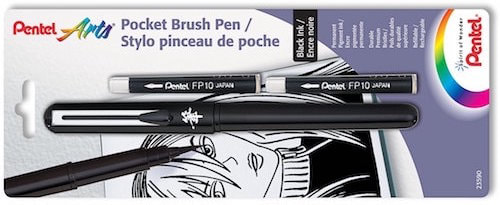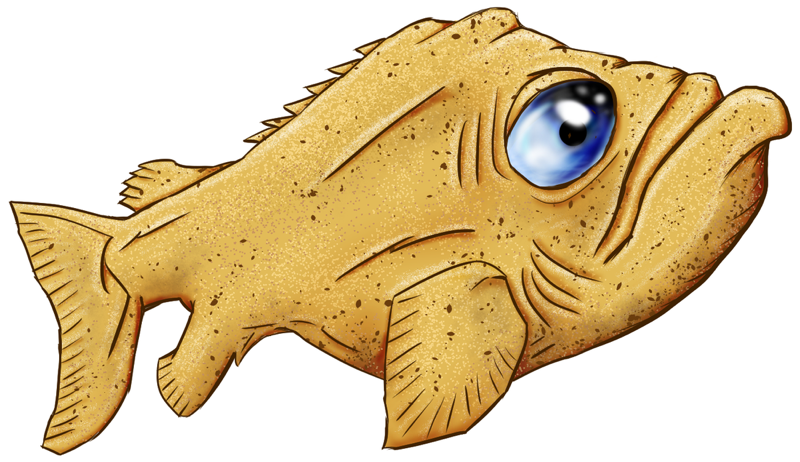 A caricature of Tom Cruse generated using AI
A caricature of Tom Cruse generated using AI Artificial Intelligence (AI) has transformed various fields, from healthcare to finance, and now it's making waves in the world of art, specifically in the creation of caricatures. Caricature drawing, traditionally an art form requiring keen observation and artistic skill, is now being enhanced and even automated by AI technologies. This article explores how AI is being used to create caricatures, the benefits and challenges of this technological advancement, and what the future holds for AI in this creative domain.
The Evolution of Caricature CreationCaricature art involves exaggerating specific features of a subject while maintaining a recognizable likeness. Traditionally, this requires a deep understanding of human anatomy, expressions, and an artist's unique creative touch. With the advent of AI, this process is being redefined.
AI systems, particularly those utilizing machine learning and neural networks, can be trained to recognize and exaggerate facial features in a way that mimics human artists. By analyzing thousands of caricatures and real-life images, AI can learn the patterns and techniques used by artists to create exaggerated yet identifiable portraits.
How AI Creates CaricaturesAI caricature creation involves several key steps:
Several companies and research institutions are at the forefront of AI-driven caricature creation:
The integration of AI in caricature creation is still in its early stages, but the potential is immense. Future advancements might include:
AI is revolutionizing the world of caricature art, making it more accessible, efficient, and innovative. While there are challenges and ethical considerations to address, the potential benefits are significant. As technology advances, the collaboration between human creativity and artificial intelligence will likely lead to even more exciting developments in the field of caricature creation. Whether for personal enjoyment, business applications, or artistic exploration, AI is set to play a transformative role in how we create and experience caricatures.
The Evolution of Caricature CreationCaricature art involves exaggerating specific features of a subject while maintaining a recognizable likeness. Traditionally, this requires a deep understanding of human anatomy, expressions, and an artist's unique creative touch. With the advent of AI, this process is being redefined.
AI systems, particularly those utilizing machine learning and neural networks, can be trained to recognize and exaggerate facial features in a way that mimics human artists. By analyzing thousands of caricatures and real-life images, AI can learn the patterns and techniques used by artists to create exaggerated yet identifiable portraits.
How AI Creates CaricaturesAI caricature creation involves several key steps:
- Data Collection and Training: AI systems are trained using large datasets of photographs and caricatures. This training helps the AI understand the relationship between a person's actual features and their exaggerated representations.
- Feature Recognition: Advanced algorithms identify key facial features such as eyes, nose, mouth, and their relative positions. This is achieved through techniques like convolutional neural networks (CNNs), which are particularly effective for image recognition tasks.
- Exaggeration and Rendering: Once the features are recognized, the AI applies exaggeration techniques. This involves amplifying specific characteristics, such as enlarging the nose or eyes, based on predefined artistic principles. The AI then renders the exaggerated features into a cohesive image, often using generative adversarial networks (GANs) to enhance the quality and style of the output.
- Customization and Refinement: Users can often customize the level of exaggeration and specific features they want highlighted. Some advanced systems allow for real-time adjustments, providing immediate visual feedback.
- Accessibility: AI makes caricature art accessible to a broader audience. People without artistic skills can create personalized caricatures quickly and easily.
- Speed and Efficiency: AI can generate caricatures in a fraction of the time it takes a human artist, making it ideal for high-volume needs such as event souvenirs or digital content creation.
- Consistency: AI ensures consistency in style and quality, which can be beneficial for businesses requiring uniformity in their caricature outputs.
- Innovation: AI introduces new artistic possibilities, allowing artists to experiment with styles and techniques that might be difficult to achieve manually.
- Loss of Artistic Touch: Traditional caricature artists bring a personal touch and creative flair that AI might lack. The nuances of human creativity and interpretation are difficult to replicate fully with AI.
- Data Privacy: The use of personal photographs to train AI systems raises concerns about data privacy and consent. Ensuring that data is collected and used ethically is crucial.
- Bias and Representation: AI systems can inadvertently learn and propagate biases present in the training data. This can lead to inappropriate or offensive caricatures, particularly for minority groups.
- Impact on Artists: The rise of AI-generated art raises questions about the future of traditional artists. While AI can democratize art creation, it may also impact the livelihoods of professional caricature artists.
Several companies and research institutions are at the forefront of AI-driven caricature creation:
- Google's AI Experiments: Google has developed AI tools that can create caricatures based on user photos. These tools use deep learning techniques to identify and exaggerate facial features creatively.
- DeepArt: This AI platform allows users to create artistic renditions, including caricatures, from their photos. It leverages neural networks to apply various artistic styles and exaggerations.
- Mobile Apps: Apps like MomentCam and ToonMe use AI to turn selfies into caricatures and cartoons. These apps are popular for their ease of use and entertaining results.
The integration of AI in caricature creation is still in its early stages, but the potential is immense. Future advancements might include:
- Enhanced Realism: As AI algorithms improve, the realism and artistic quality of AI-generated caricatures will continue to enhance.
- Personalized Art: AI could create highly personalized caricatures that reflect not just physical features but also personality traits, hobbies, and other individual characteristics.
- Interactive Art: Virtual reality (VR) and augmented reality (AR) could enable users to interact with and create caricatures in immersive environments, blending digital and physical art experiences.
- Collaborative Tools: AI could serve as a tool for traditional artists, providing suggestions, enhancing sketches, and offering new creative possibilities without replacing the artist’s unique touch.
AI is revolutionizing the world of caricature art, making it more accessible, efficient, and innovative. While there are challenges and ethical considerations to address, the potential benefits are significant. As technology advances, the collaboration between human creativity and artificial intelligence will likely lead to even more exciting developments in the field of caricature creation. Whether for personal enjoyment, business applications, or artistic exploration, AI is set to play a transformative role in how we create and experience caricatures.







 RSS Feed
RSS Feed
